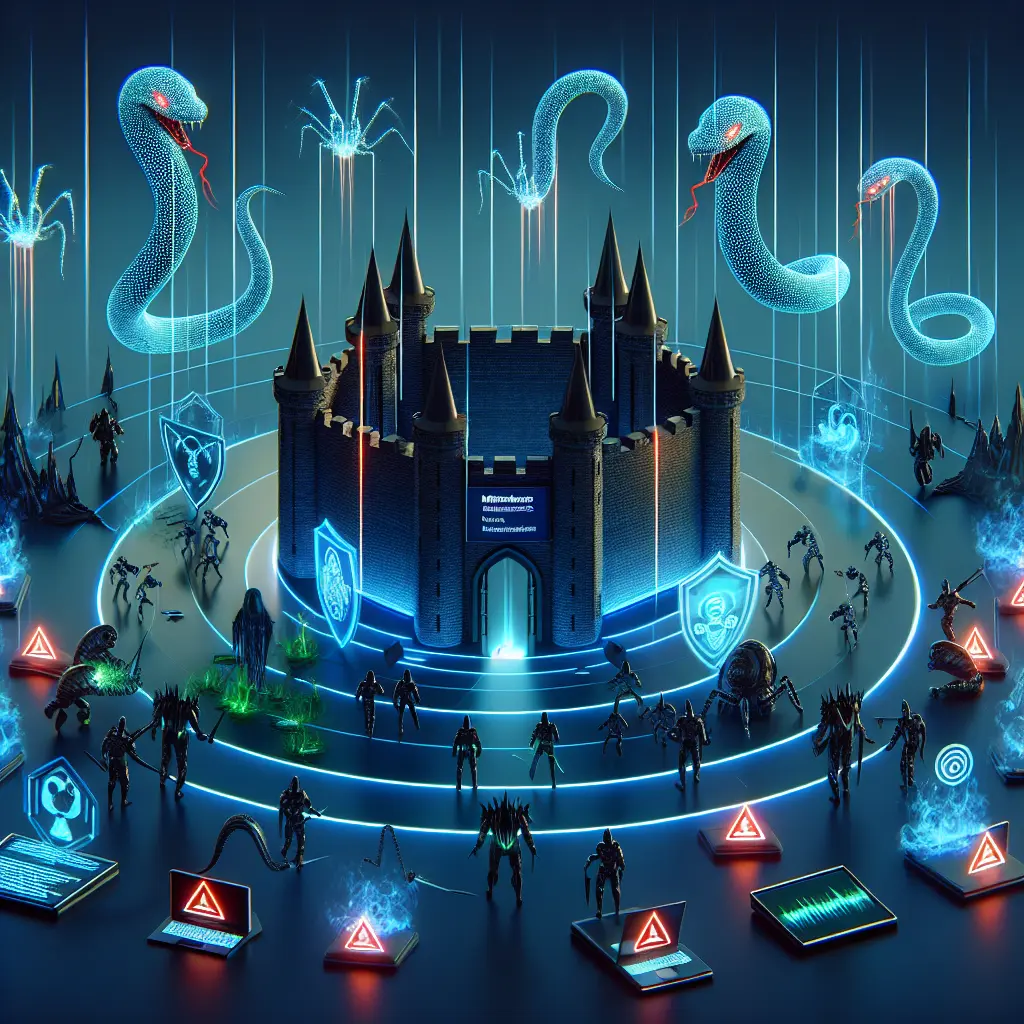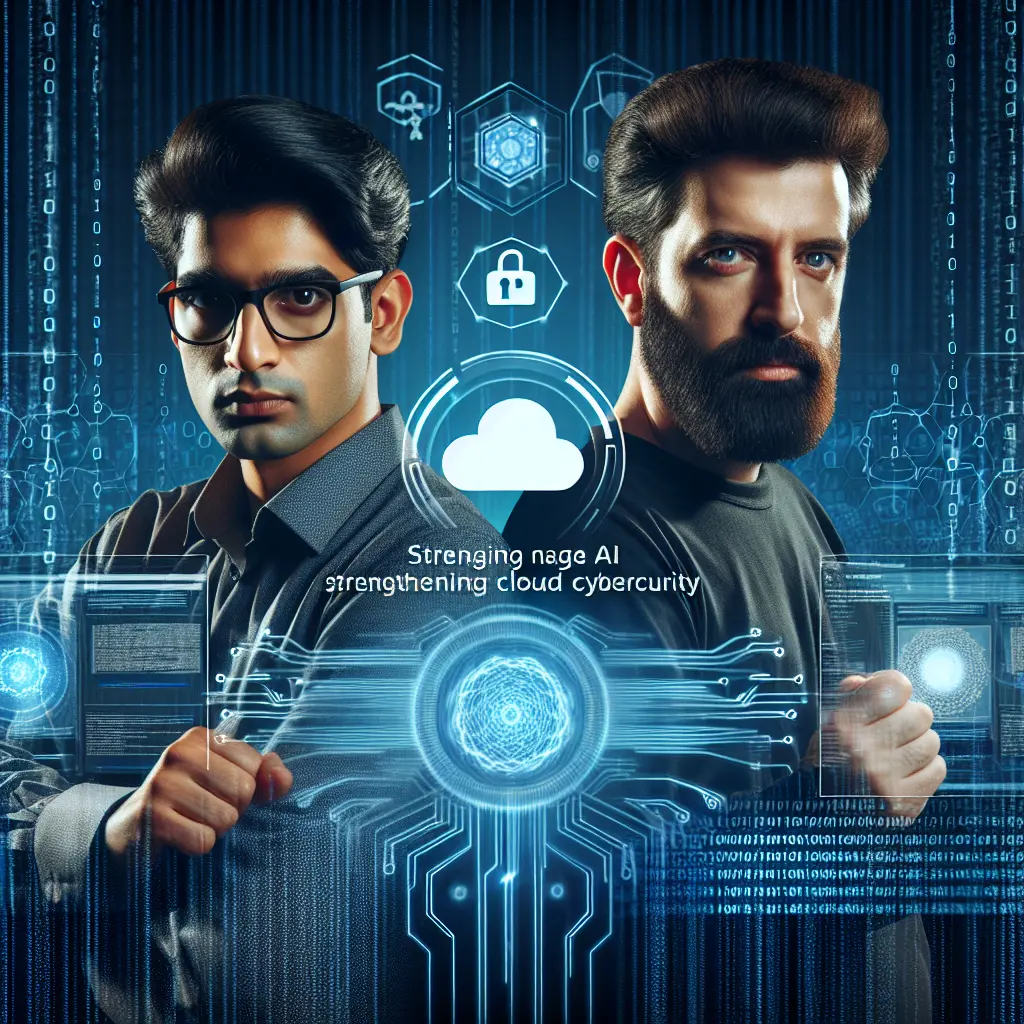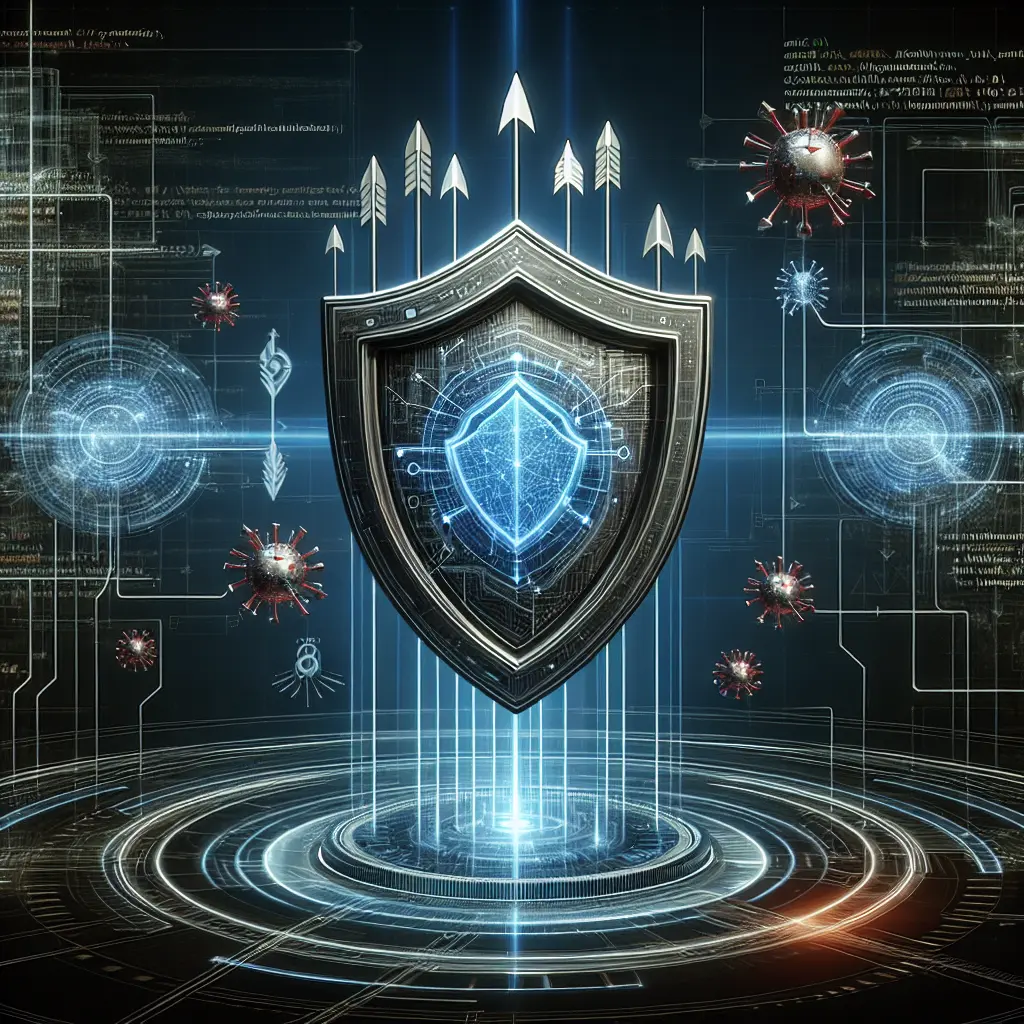Artificial intelligence is revolutionizing how we defend our applications, especially when it comes to the security of open-source software.
Open-source software has become the backbone of modern application development, empowering organizations to innovate faster by leveraging a vast ecosystem of reusable code. However, this increased reliance on open-source packages and images brings new cybersecurity challenges, particularly concerning code vulnerabilities and malicious insertions that can be difficult to detect using traditional methods.
The Open Source Security Dilemma
Open-source components are widely adopted for their flexibility and community-driven enhancements. Yet, with popularity comes risk. Threat actors often target these packages, embedding harmful code or exploiting undiscovered vulnerabilities. Application developers face the daunting task of ensuring that every component integrated into their projects is secure and trustworthy. Manual code reviews and standard scanners alone often fall short against the ever-evolving tactics of cyber adversaries.
AI Agents: A New Frontier in Cyber Defense
Recent advancements highlight the role of artificial intelligence (AI) in enhancing cybersecurity practices. One notable innovation is the integration of AI agents that utilize multiple code scanners to thoroughly vet open-source packages and images before they're deployed in production environments.
How AI Agents Enhance Security
- Multiple Code Scanners: AI-driven platforms leverage a variety of scanning tools, each designed to detect different types of vulnerabilities or malicious behavior.
- Automated Analysis: Rather than relying solely on human oversight, AI agents automate the analysis process, ensuring continuous monitoring at scale.
- Proactive Threat Detection: By continuously learning from new threats and adapting their detection techniques, these AI agents can spot risks earlier than conventional tools.
- Supply Chain Security: AI-based security solutions help safeguard the entire software supply chain, identifying potential issues not only in the code itself but also in its dependencies and related artifacts.
The Impact of AI on Developers and Organizations
For developers and cybersecurity teams, the adoption of AI-powered security tools means:
- Reduced Risk: Early detection of vulnerabilities before they reach production minimizes exposure to potential breaches.
- Increased Efficiency: Automated processes free up valuable human resources, allowing teams to focus on more complex security challenges.
- Enhanced Trust: Applications built on thoroughly vetted components inspire greater confidence among users and stakeholders.
- Regulatory Compliance: Organizations can more easily meet compliance requirements by demonstrating rigorous security practices throughout the development lifecycle.
As cyber threats continue to evolve, so too must our defenses. The incorporation of AI agents into the software development pipeline represents a significant leap forward in cybersecurity. By combining multiple code scanners and intelligent automation, organizations can better protect their applications from both known and emerging threats.
In conclusion, AI-driven approaches are setting new standards for open-source software security—transforming reactive practices into proactive defense strategies. To learn more about how artificial intelligence is being leveraged to secure open-source packages and images, you can visit the original article here.
Future Directions in Secure Software Development
AI’s integration into cybersecurity is empowering organizations to proactively address threats in real time. As technologies continue to evolve, we can expect even more advanced solutions that leverage machine learning and automation for smarter, more resilient application security.
By prioritizing the security of open-source components through innovative AI-driven methods, organizations will strengthen both their defenses and their reputations in an increasingly digital world.
Staying proactive with advanced technologies is essential for navigating modern cybersecurity threats effectively.
As we look ahead, embracing AI-powered solutions will be critical for maintaining robust application security in an ever-changing landscape.
Stay vigilant, stay secure.










Leave a Comment